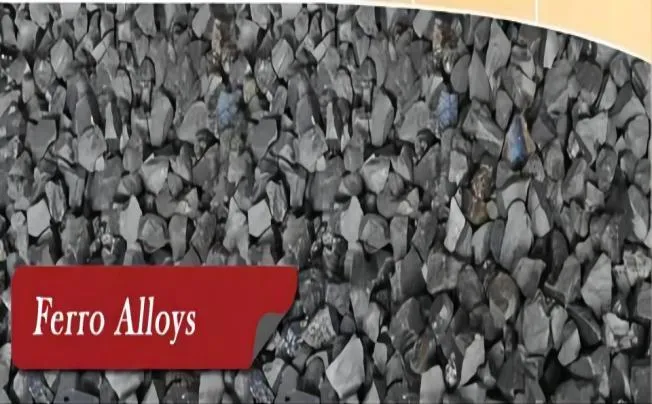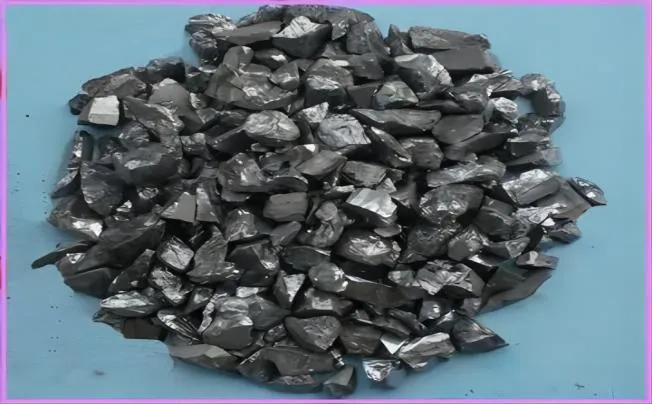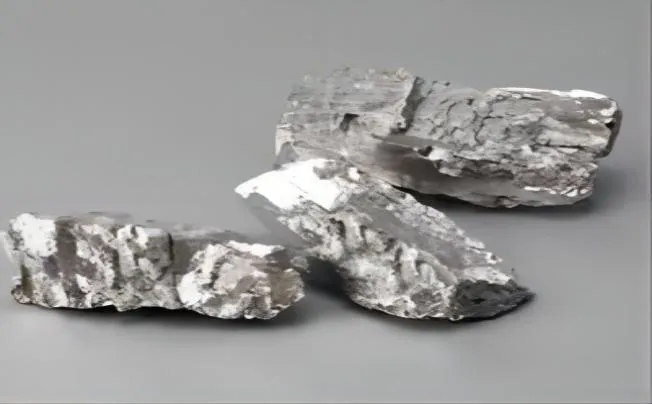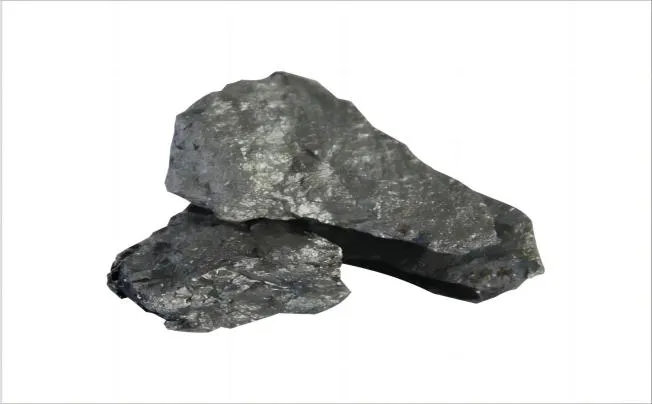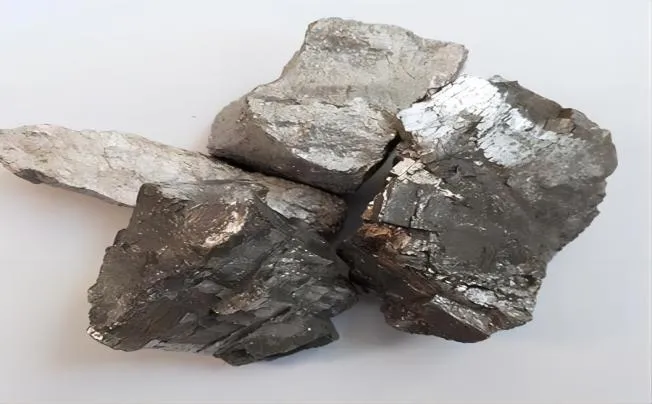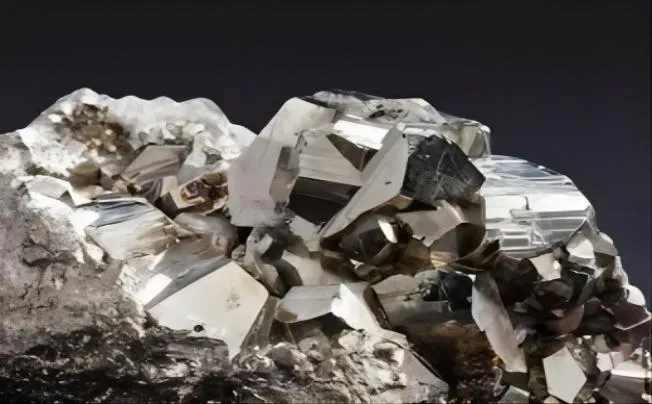How Do You Make Ferro Vanadium 80?
1. Silicon Reduction Method:
Silicon reduction and aluminium reduction are the two major processes used to produce ferrovanadium. In the silicon reduction process, an electric arc furnace heated to 1850°C is used to mix vanadium pentoxide (V2O5), ferrosilicon (FeSi75), lime (CaO), and slag (recycled vanadium-containing trash). Vanadium in V2O5 is reduced by the silicon in ferrosilicon to vanadium metal, which combines with iron to make ferrovanadium.
2. Aluminium Reduction Method:
Powdered aluminium is combined with vanadium pentoxide (V2O5).
Using a booster like barium peroxide, the mixture is heated in an electric furnace or fired in a tank walled with refractory.
V2O5 is reduced to vanadium metal by the exothermic process.
If necessary, the resultant vanadium regulus can undergo further purification.
What is Ferro Vanadium 80?
Iron and vanadium are combined to create ferrovanadium (FeV), an alloy with a 35–85% vanadium concentration. An off-white crystalline solid of silver known as “ferrovanadium” can be crushed during the manufacturing of this alloy. Ferrovanadium is a versatile addition that can be used to strengthen, harden, and prevent corrosion in tool steels, high-strength low-alloy steels, and other ferrous goods. Compared to iron and vanadium, it offers a number of advantages.
English name: Ferro Vanadium
Molecular formula: FeV80
Boiling point:3337℃
Melting Point:1887℃
Shape: a small lump
Purity:FeV50-A/B/C, FeV60/A/B/C, FeV80-A/B/C
Grade Standard: Industrial Grade
Characteristics of Ferro Vanadium 80
- Composition: The number of impurities in ferro-vanadium alloys varies usually. Ferro vanadium contains trace amounts of silicon, aluminium, carbon, sulphur, phosphorus, arsenic, copper, manganese, and vanadium in addition to iron and vanadium. The grade of ferrovanadium is determined by the concentrations of these impurities.
- Production Method: Ferro vanadium 80 is typically made by reducing vanadium pentoxide (V2O5) with the use of silicon or aluminium reducing agents. Depending on the manufacturer and their proprietary techniques, the particulars of the production process could change.
- Applications: Ferro vanadium 80 is mostly employed in the steel industry as an alloying element. Steel is strengthened, hardened, and resistant to corrosion by adding it. Ferro vanadium is frequently used in the manufacturing of crucial steel parts for high-stress applications, including crankshafts, axles, and gears.
- Cost: The cost of ferro vanadium varies based on the state of the market and additional variables. It is regularly traded on sites like Metalshub, and variables like supply and demand dynamics can affect the price.
What is Ferro Vanadium 80 Used For?
The main application of ferro vanadium 80 (FeV80) is as an alloying element in the steel industry. Ferrovanadium 80 is commonly used for the following purposes and applications:
Production of Steel: Ferro vanadium, a steel additive, is made by alloying around 80% of the manufactured vanadium with iron. Steel gains strength, hardness, and resistance to corrosion from ferro vanadium. It is frequently employed in the manufacturing of tool steel, high-strength low-alloy (HSLA) steel, and other steel applications that call for improved qualities.
Strengthening and Hardening: Ferro vanadium serves as a general-purpose steel strengthener and hardener. Steel is better able to withstand wear and tear and is hence more appropriate for use in high-stress components like engine turbines, gears, drill bits, and cutting tools.
Anti-Corrosion Properties: Steel’s resistance to corrosion is increased when ferrovanadium is added. Because of this, steel can be used in situations where it must endure exposure to caustic substances or hostile environments.
Automobile sector: High-strength steel components are produced in the automotive sector using ferrovanadium. It enhances the safety and structural integrity of automobiles.
Building and Infrastructure: Ferro vanadium is used in the building and infrastructure industries. It is employed in the manufacturing of structural steel, steel reinforcement bars (rebars), and other building components that have to have increased durability and strength.




